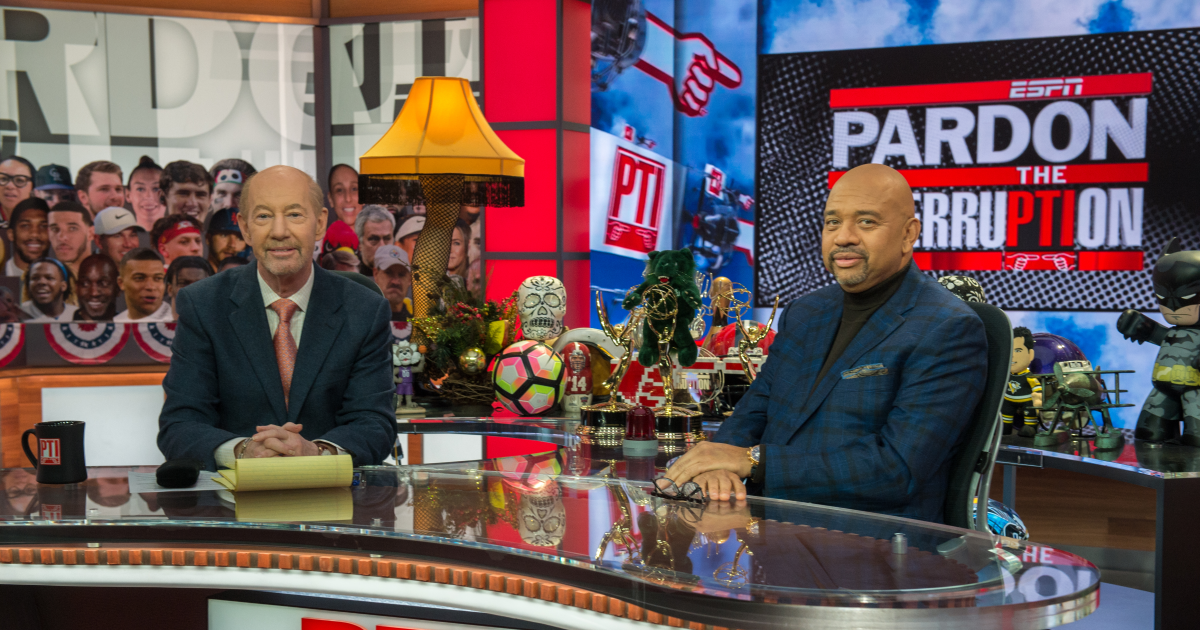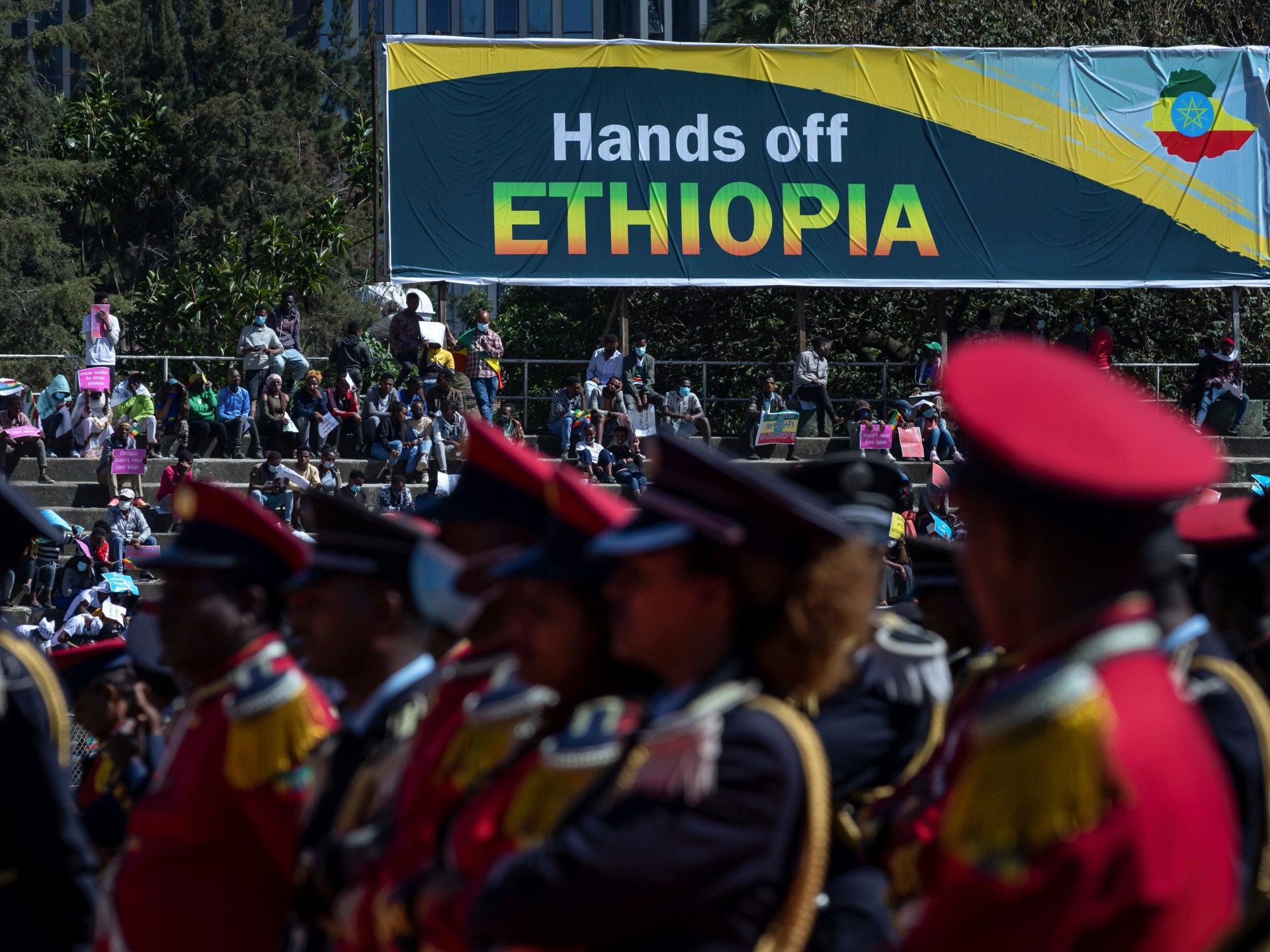Thursday might be an off-day for the Dodgers.
But for their most intriguing recent draft pick, it’s also the opening day of a different kind of season.
In the 17th round of last month’s MLB draft, the Dodgers took a flier on University of Missouri pitcher Sam Horn, a 6-foot-4 right-hander with a big fastball, a promising slider and an athletic, projectable build.
Like most late-round prospects hoping to become a diamond in the rough, Horn came with questions. He pitched just 15 innings in his college career after undergoing Tommy John surgery as a sophomore. His limited body of work led to a wide range of scouting opinions.
In Horn’s case, however, the biggest unknowns had nothing to do with his potential as a pitcher.
Because, starting Thursday night, he will also be under center as quarterback for Missouri’s football team.
Horn is not only a two-sport athlete, but someone still undecided on whether his future will be on a mound or the gridiron. As a quarterback, he was a four-star recruit in Missouri’s 2022 signing class. And this fall, he has been locked in a battle with Penn State transfer Beau Pribula, jockeying for first-string signal-caller duties at an SEC program coming off a 10-win season.
When Missouri opens its 2025 football schedule Thursday night against Central Arkansas, Pribula will play the first half, and Horn will play the second half. As for the rest of the season, Missouri coach Eli Drinkwitz has yet to hand either player all the keys to the offense.
“I think both quarterbacks have done an excellent job of doing the things that we’ve asked them to do, and there wasn’t enough separation that I felt like there was a clear-cut starter,” Drinkwitz told reporters this week. “And so the next-best evaluation is in a live football game to see how guys respond, not only to preparation and a game plan, but also respond to a crowd, also respond to being tackled and being hit.”
It’s a QB battle that Dodgers officials have followed with fascination throughout Missouri’s fall camp.
Already, the club has signed Horn to a baseball contract with an almost $500,000 signing bonus (well above the norm for the 525th overall pick).
The question now is whether he ever ends up playing for them.
“We’re pleasantly hoping he does,” Dodgers vice president of baseball operations Billy Gasparino said this week. “We think there’s a whole window of opportunity to get him much better, and quickly.”
Once upon a time, the Dodgers viewed Horn as one of college baseball’s better pitching prospects. Even in a limited sample size as a freshman in 2023, Gasparino said the team evaluated him as having potential future first-round talent.
“He’s a tremendous athlete,” said Gasparino, the longtime point man for the Dodgers’ draft operations. “He has really good arm action. I think that part was very elite.”
By the time Horn actually became draft-eligible this summer, though, uncertainties about his future made his scouting process unique.
All along, Horn signaled to MLB teams that he wanted to play football this fall. As a redshirt junior, he will have another season of eligibility in football next year as well. Gasparino said the narrative around Horn, who is originally from Lawrenceville, Ga., is that “baseball is his first love.”
“But,” Gasparino added, “he definitely seemed split on what he wanted to do going forward.”
This is not the first recent example of the Dodgers drafting a power-conference college quarterback.
Two years ago, they used their final 20th-round selection in the 2023 draft on then-Oregon State quarterback DJ Uiagalelei, a former two-sport star at St. John Bosco. Uiagalelei, however, never signed with the team. As a highly-touted five-star talent with NFL aspirations, he never made the switch to baseball either, his draft rights with the Dodgers lapsing after he transferred to Florida State for the 2024 football season.
Horn’s situation appears to be different. Unlike Uiagalelei (who never actually pitched collegiately), he spent the last three years on Missouri’s baseball team. And if he doesn’t win the starting quarterback job with the Tigers football squad this fall, his odds of reporting to the Dodgers next spring figure to be much more realistic.
That’s why, as Missouri’s QB battle has unfolded this preseason, Gasparino scoured Missouri recruiting site message boards and local news outlets, looking for any indication of which way the program was leaning.
“The coach is going to give nothing,” Gasparino said jokingly. “So you kind of have to go on the message boards, and to the local writers, to figure out, ‘Alright, who is winning? What is going on?’ It’s been kind of a hard read.”
Leading up to the draft, Horn’s situation also required extra scouting legwork. The Dodgers dusted off his old freshman year and high school evaluations, after he pitched just 10 ⅔ innings in Missouri’s spring baseball season coming off his Tommy John procedure. They also reached out to NFL scouting departments and college football recruiters, “just to figure out how talented he was at football,” Gasparino said.
The Dodgers do have downside protection if Horn ultimately decides to stick with the football, with Gasparino noting that “to actually get his signing bonus, he has to come to us.”
But in the meantime, they’ll be keeping a close eye on Missouri’s football season — starting with Thursday night’s opener in which Horn is slated to see the field.
“Definitely gonna be watching,” Gasparino said. “I mean, I guess first, it’s like, don’t get hurt. But also just hoping that the right answer becomes very clear on what he should do sport-wise … Of course, we’d be disappointed if it’s not baseball. But would hate another year of in-between.”



